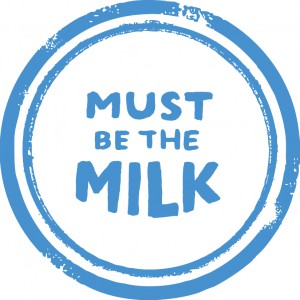For the past few years, America has been abuzz with energy for local food, and food lovers in the Northeast are increasingly scouring markets for asparagus in May, seeking out the freshest strawberries in June, and anticipating Maine’s late summer blueberries. Milk, like all New England agricultural products, changes with the seasons—yet in our supermarkets, milk is always there: cold, pure and fresh. New England’s dairy farmers work from dawn to dusk year-round to make sure that their milk is consistently and reliably delicious. How do they do it?
A dairy farmer’s year, like a dairy farmer’s day, is a series of complex and intertwined balancing acts. They select the dairy cow breeds, manage their cows’ health and nutrition, carefully time their cows’ breeding, and keep the cows comfortable in all kinds of weather. Dairy cows produce more milk in the spring than in the fall, and it’s not unheard of for milk production to practically grind to a halt when the weather gets too hot or too cold. Chris Ziemba from Broadlawn Farm in Adams Massachusetts described it quite simply: “What you put in is what you get out. If the cows are comfortable and happy, their return to you is much better.”
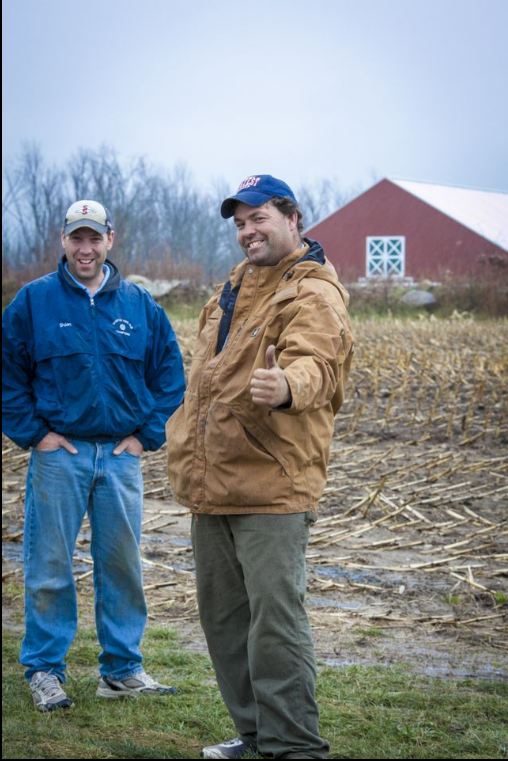
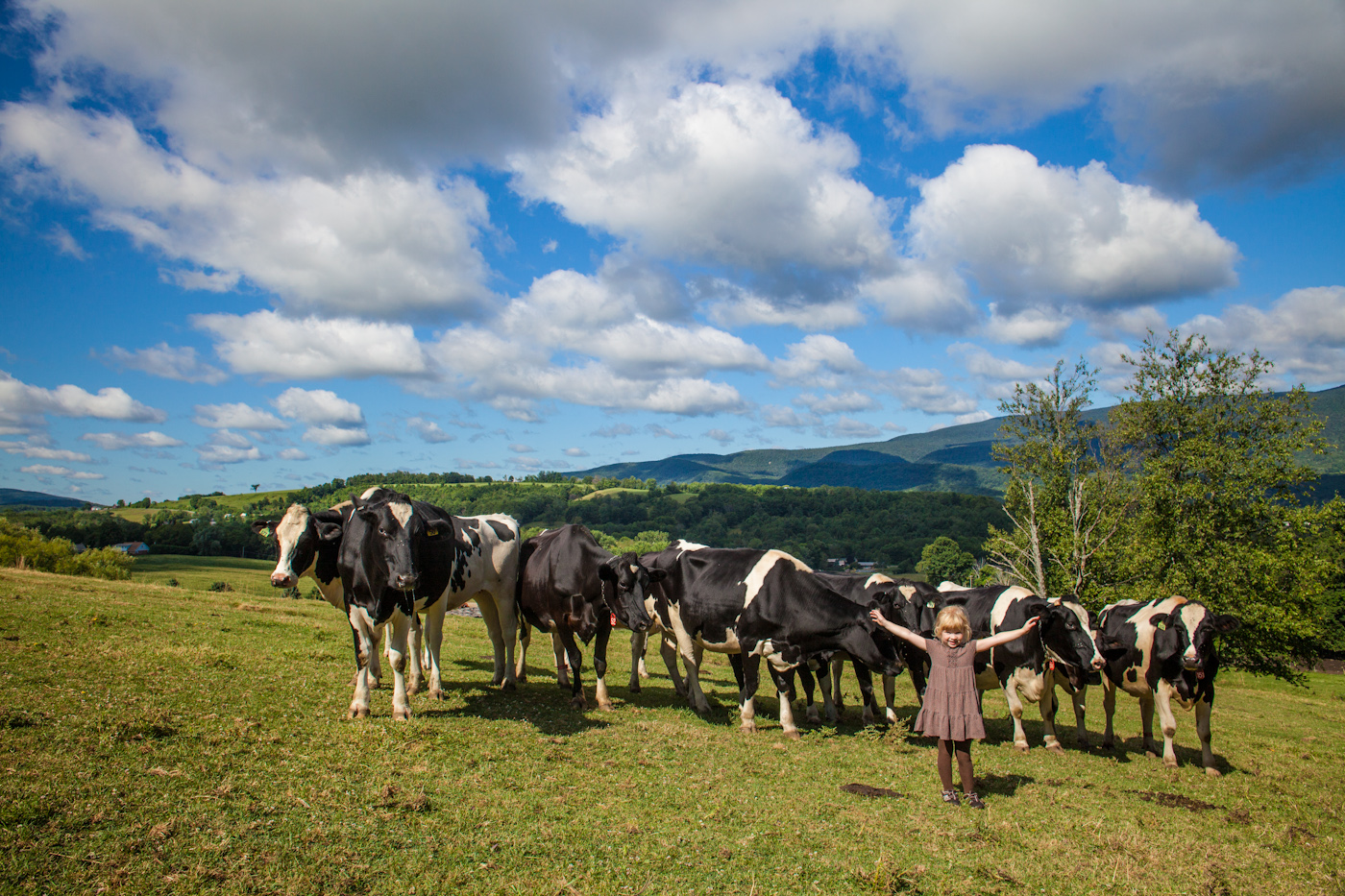
Almost all of New England’s dairy farms rely heavily on pasture as a key source of nutrition (as well as activity and lifestyle) for their animals. New England farmers on average manage 300 acres of cropland to support their animals, strategically planting and managing grasses, and policing their fields for weeds that might give the milk an “off” flavor. In the winter, cows eat a nutritionally balanced diet of grain, hay and silage. This seasonal variation in their diets means that milk taste, color, fat levels and even kinds of fats vary by season (milk tends to be richer in antioxidants and desirable fatty acids like omega 3’s in the summer).
While many farmers and the milk processors they work with strive to create a consistent milk flavor all year-round, others seek to showcase the seasonal variations. Historically, cheese and other value-added milk products were made in response to this seasonality, as a way of preserving milk for when fresh milk was not available. Increasingly over the past few decades, our region’s artisanal dairy operations are transforming milk into cheese, ice cream, butter, yogurt, crème fraiche, kefir, buttermilk, and custard, with the goal of highlighting milk as the key ingredient, and letting the milk’s flavor speak for itself.
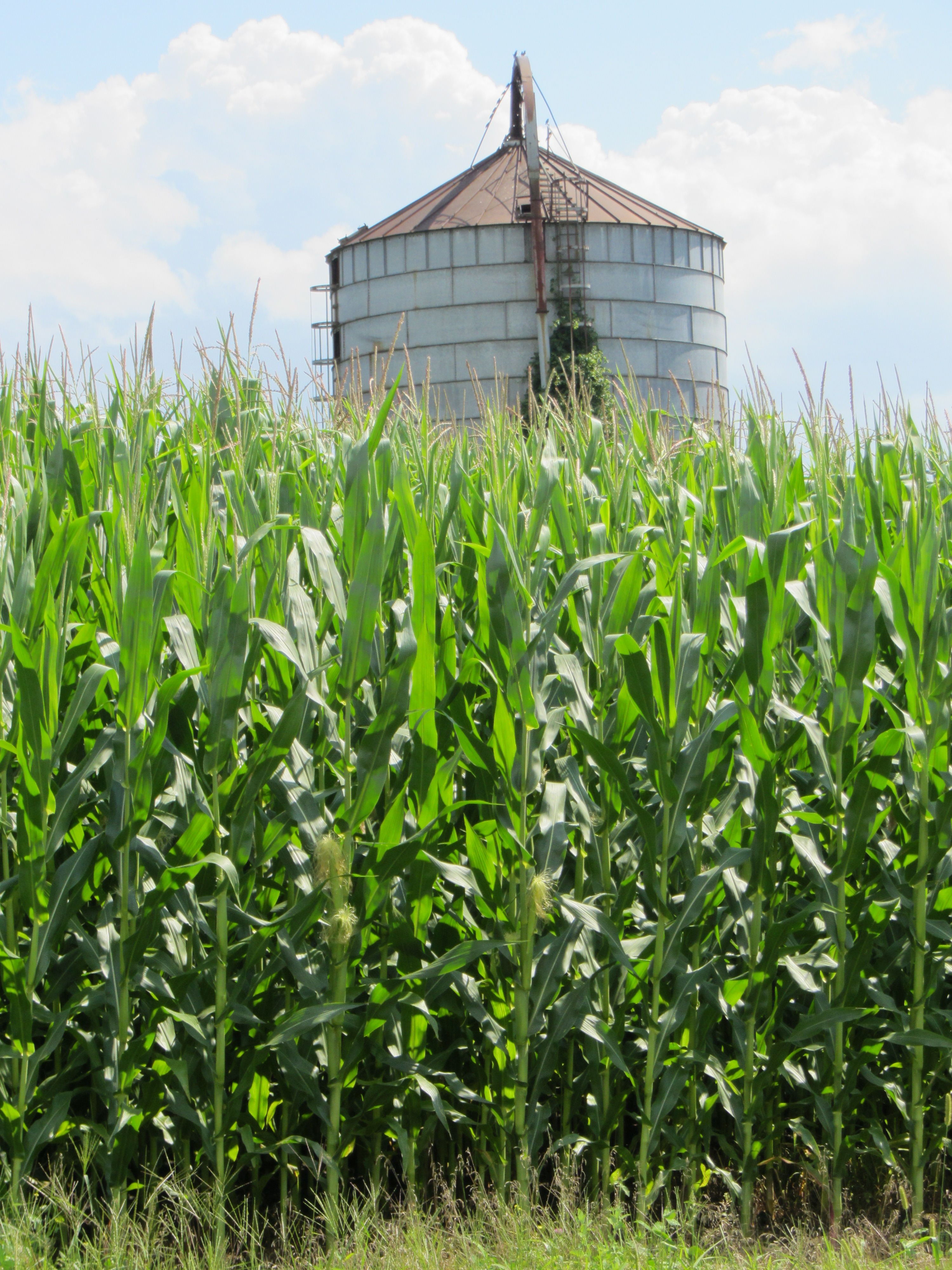
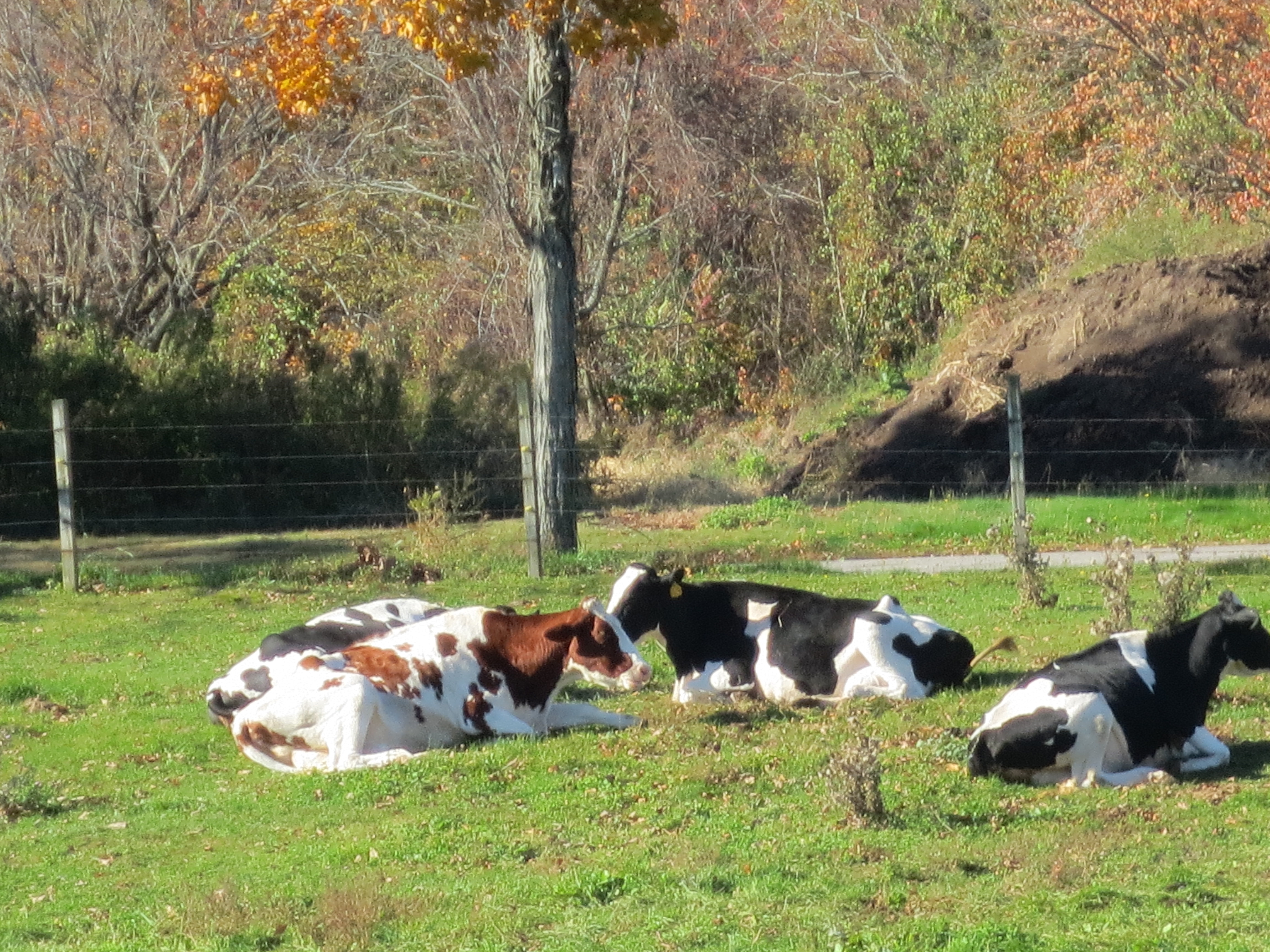
Chefs and home cooks alike benefit from the year-round consistency of flavor that many dairy farmers work hard to achieve. But at times, artisanal cheese and butter products that vary with the seasons have a role to play too. People in the know describe summer cow’s milk as herbaceous or floral, and they say that winter milk tends to be richer and creamier. Celebrated chef Thomas Keller was quoted in the NY Times, raving about the seasonal changes in butter from Animal Farm in Orwell, Vermont, noting that it’s “almost orange in the spring” and has “a different flavor profile and nuances throughout the year.”
In the tradition of wine, there is a growing movement to celebrate terroir in milk, cheese and other dairy products. Simply put, terroir refers to a sense of place. In foods, it refers to the ways that animals, plants and the farmers who raise them interact with the geography, weather, geology and topography of their region to create a food that embodies the place that it’s from: food that could not be produced in the same way, with the same result, anywhere else. New England dairies are emblematic of New England’s landscape and character, with fertile upland soils, rich grasses, and rolling hills. New England’s dedicated dairy farmers, their careful stewardship of the land, and the delectable products they create embody that character and preserve that landscape.

